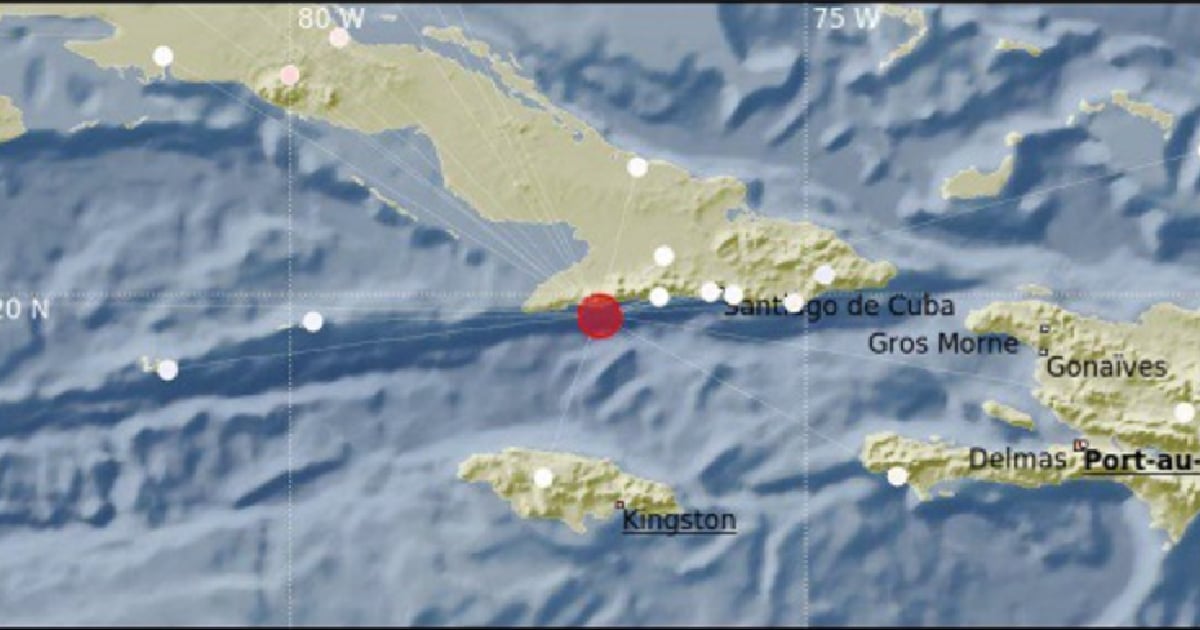Recent seismic activity in eastern Cuba highlights the urgent need for residents to be aware of crucial safety guidelines to mitigate risks and safeguard lives. The island's National Center for Seismological Research (CENAIS) offers a comprehensive set of measures on its website designed to help individuals prepare for, respond to, and recover from earthquakes, aiming to minimize both personal and material damage.
This past Sunday, the eastern Cuban region experienced two significant earthquakes. The first, registering a magnitude of 6.0 on the Richter scale, struck at 10:50 a.m. at coordinates 19.75 degrees north latitude and 76.91 degrees west longitude. A second, more intense quake followed at 11:49 a.m., with a magnitude of 6.7, occurring 32 kilometers southeast of Pilón in Granma province, at a depth of 10 km, located at 19.2 degrees north latitude and -76.99 degrees west longitude.
Prior to an Earthquake
Develop a contingency plan with your family or neighbors to clearly outline each person's responsibilities during an emergency. Choose a safe, open area to gather after the earthquake. Know the location of your exit keys for quick evacuation. Prepare an emergency kit with a first aid kit, canned food, a can opener, potable water, a radio, a flashlight, batteries, and a whistle to signal for help. Identify and mark the safest escape routes visually. Secure or relocate heavy objects, such as computers, lamps, bookshelves, pictures, fans, and televisions, that could fall during a quake.
During an Earthquake
Maintain calm and reassure those around you. If indoors, take cover under a sturdy table, desk, or bed. If no furniture is available, position yourself under a beam, next to a column, or in a corner of the building in a fetal position. Stay away from windows, mirrors, or glass doors. In crowded places like cinemas, theaters, or subways, avoid panicking or rushing to the exits to prevent injuries. If at the beach, leave the water promptly, move away from the shore, and seek higher ground at least 300 meters away, as large waves may follow. If you are in a wheelchair and indoors, position yourself under a beam or next to a column, lock the wheels, and protect your head with your arms.
After an Earthquake
Activate your emergency plan. Once the shaking stops, evacuate schools, homes, or workplaces promptly and orderly. Avoid using elevators, as you may become trapped; instead, use the stairs. Refrain from walking barefoot. Turn on the radio to stay informed about official recommendations and follow them. Assist in rescuing the injured. If trapped, remain calm and call for help loudly or create noise using any available object to alert rescuers. Be prepared for aftershocks.
